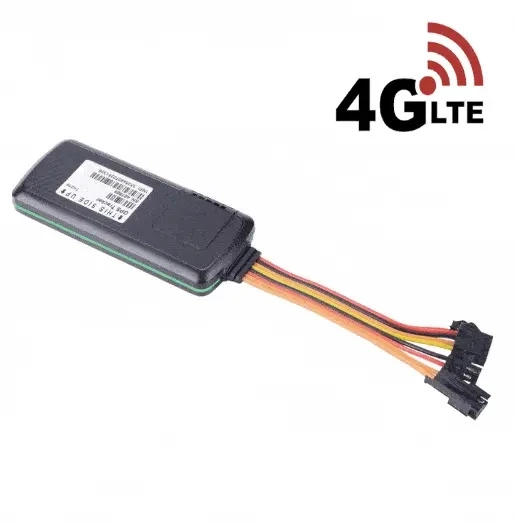IoT sensors help businesses of all sizes save money on utility bills for warehouses and offices and manage operations more efficiently. IoT sensors collect a wide range of information from products or assets used in the supply chain, such as location and condition status of temperature, humidity, etc. IoT sensors provide insights into the current and future state of a company's products or assets.
Choosing suitable IoT sensors can help businesses increase efficiency and achieve goals faster. So, let us review the factors to consider when selecting an IoT location sensor.
Accuracy
The accuracy of the IoT location sensor, like any other conventional device, is critical to ensuring the efficient use of the device in a specific location. The IoT detector should be able to track the required information precisely.
For example, sensors that collect real-time temperature condition data can benefit a biotech company that needs to monitor temperature-sensitive biomedical material closely. Businesses should consider the IoT sensor's accuracy and performance to ensure that even minor temperature changes are detected and alerts are generated.
Cost
A critical aspect of decision-making is weighing the cost of IoT sensors against the return on investment. Businesses should consider reusability, offered scale or range, required infrastructure for deploying IoT sensors, and budgetary constraints. IoT device administration adds to the cost, so devices that are simple to use and maintain can help to improve ROI.
Security
IoT devices linked to enterprise networks are vulnerable to various security threats. Before incorporating an IoT sensor into business operations, businesses must understand its connection points.
Security is often jeopardized because end users are unaware of an IoT sensor's connections in the IoT ecosystem. As a result, before incorporating a device or sensor into their operations, businesses should research and verify its security standards.
Longevity
It is critical to consider whether an IoT sensor can be used for a long time. Furthermore, determining whether the device is applicable across business processes is vital. IoT devices may be deployed for an extended period and maintained remotely; therefore, it is critical to understand the performance lifecycle as the device ages in a changing environment.
In situations where, for example, devices or sensors monitor temperature-sensitive products transported in a supply chain, decreased device performance can result in massive losses. As a result, investing in an IoT location sensor with a longer lifespan should be considered.
Connectivity
Connectivity is an essential component of an IoT ecosystem. IoT networks employ a variety of communication protocols, such as short-range protocols, mobile networks, and long-range radio protocols. As a result, IoT sensors must be capable of connecting to and supporting these and other communication protocols.
Conclusion
An IoT location sensor has significantly impacted many aspects of business operations. Its ability to communicate with a centralized network aids in data collection and insight discovery. The increased number of IoT devices on the market will drive business innovation and competition. IoT platforms, widely used in various businesses, provide secure IoT integrations for building and connecting IoT devices.


